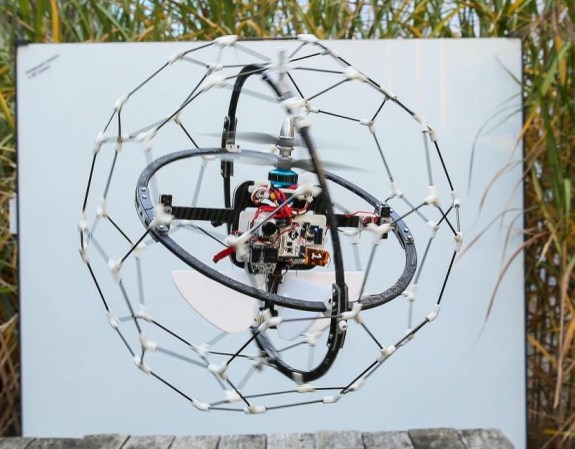There is an old saying, that ‘the hand is quicker than the eye;, but somewhat slower than the fly.” However, with a little practice you can swat a fly, although it sometimes doesn’t seem to faze the fly. École polytechnique fédérale de Lausanne (EPFL) has announced they have used nanotech to build a 1 gram possibly untethered, autonomous robotic insect that has enough processing power and sensors to recognize black and white patterns. Artificial muscles provide propulsion. But there’s the kicker: it can survive a strike with a fly swatter.
In the video you see below, the robots can move at 3 centimeters per second and there are two different versions. The first is a tethered system using ultra-thin wires. This is the version that can be folded, smacked, or even squashed by a shoe and continue moving.













